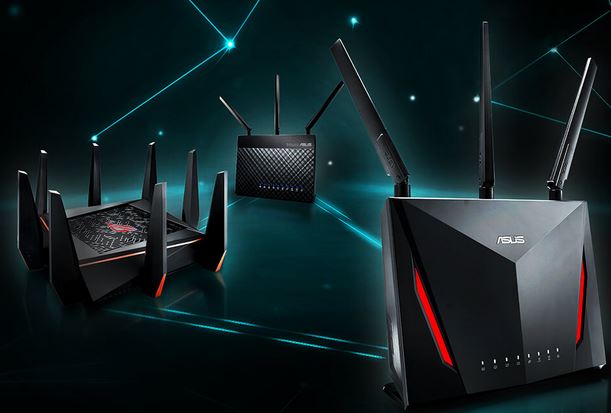
Read on SmallNetBuilder

I'm sure there are "tunings". Hell, people have been trying to figure our the right setting for Smart Connect ever since ASUS exposed many of its controls.I think there's room for some tuning of parameters within the individual nodes, just like SmartConnect, where defaults generally work, but having the option to do some minor tweaks can make it work better...
I'm sure there are "tunings". Hell, people have been trying to figure our the right setting for Smart Connect ever since ASUS exposed many of its controls.
But you can't tune much stuff on purpose-built mesh Wi-Fi systems. You can't even separate bands on most all systems. If ASUS thinks it has a particular way to optimize AiMesh, then it should apply it automatically, as other vendors do.
The 'tuning' might be Asus work to do - the feature has been in beta for some time, and they're pushing this into devices that are almost at the legacy point.
I was trying to be gracious to a point - that Asus has introduced this capability into the market is interesting, as many of the devices that this has been retrofitted to have already been in the market for a long time - noted that one of the devices under test was a legacy RT-AC68U (@800Mhz, which is what 4, maybe 5 years old?).
The selection of the RT-AC68U was pretty deliberate, and price-focused. That looked like about the least expensive AiMesh capable router on the list when I was evaluating - but it's still $140-$150 a pop. At those prices, a three-node AiMesh kit is already as expensive as the best mesh kits. Spending even more per node than that would be kinda gonzo.
Still a good call - I'm sure that there's plenty of members that have upgraded from the RT-AC68U, and have kept the older Router/AP on the shelf as a ready service spare - AIMesh at least can put the older device back into use without having to make additional investment.
It's only once you hit three or more nodes that things start getting wonky (and it's still entirely possible that three nodes in a star topology would not have been as problematic as this three-node bus topology was).
Side Note -- Star vs. Bus - The other vendor I mentioned up thread - they deploy their "extended" network in a star config, and there, it works well enough. Can only define one as the Root, and the others are children, and only connect to the root, can use either radio (2.4GH or 5Ghz, but not both on the same child - children can choose their own based on conditions - so Child -1 may be on 2.4, and Child-2 may be on 5GHz)
And Orbi just brute-forces it by having a dedicated backhaul band; yeah the backhaul competes with itself, but when the backhaul is that beautiful QCA9984 4x4, you can afford to give up 60% of it if that means getting a shorter-range, higher-QAM, lower-retransmit link to your STA...
Plume and Eero changed the game on that one; I was in that "conventional wisdom" camp myself until I saw the latency results when deploying their kits (and, later, an Orbi RBK-53) in a bus topo at my house. Of course, it's all about the backhaul spectrum management. Eero spectrum-hops at each link, shifting from 5 GHz to 2.4 GHz and back again. Plume generally does the same thing.
Until recently, star was the only thing any of the mesh kits would do - and conventional "wisdom" was that more than one hop was a terrible idea.
Sorry, Jim. I have to disagree. My mesh test process forces a "bus" configuration (I call it two-hop). The only product that did not initially support this was Orbi, because it used a router/extender architecture.Until recently, star was the only thing any of the mesh kits would do - and conventional "wisdom" was that more than one hop was a terrible idea.
Sorry, Jim. I have to disagree. My mesh test process forces a "bus" configuration (I call it two-hop). The only product that did not initially support this was Orbi, because it used a router/extender architecture.
Orbi now supports multi-hop and Ethernet backhaul. But they seem to have had trouble getting it all working correctly, judging from posts.
I noted that you didn’t do a “factory rest” on any of the devices - a step that is universally touted in this forum as a requirement, and the first step in a any debugging.

Welcome To SNBForums
SNBForums is a community for anyone who wants to learn about or discuss the latest in wireless routers, network storage and the ins and outs of building and maintaining a small network.
If you'd like to post a question, simply register and have at it!
While you're at it, please check out SmallNetBuilder for product reviews and our famous Router Charts, Ranker and plenty more!
